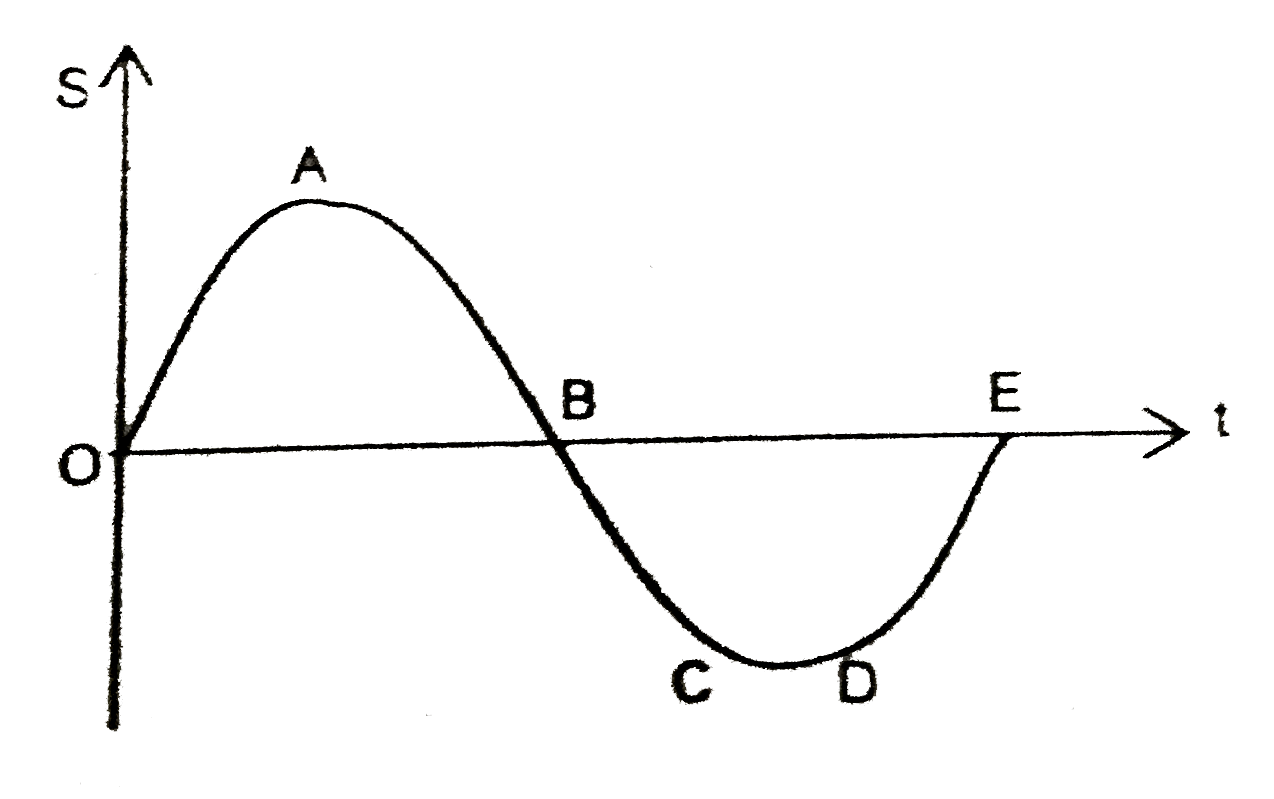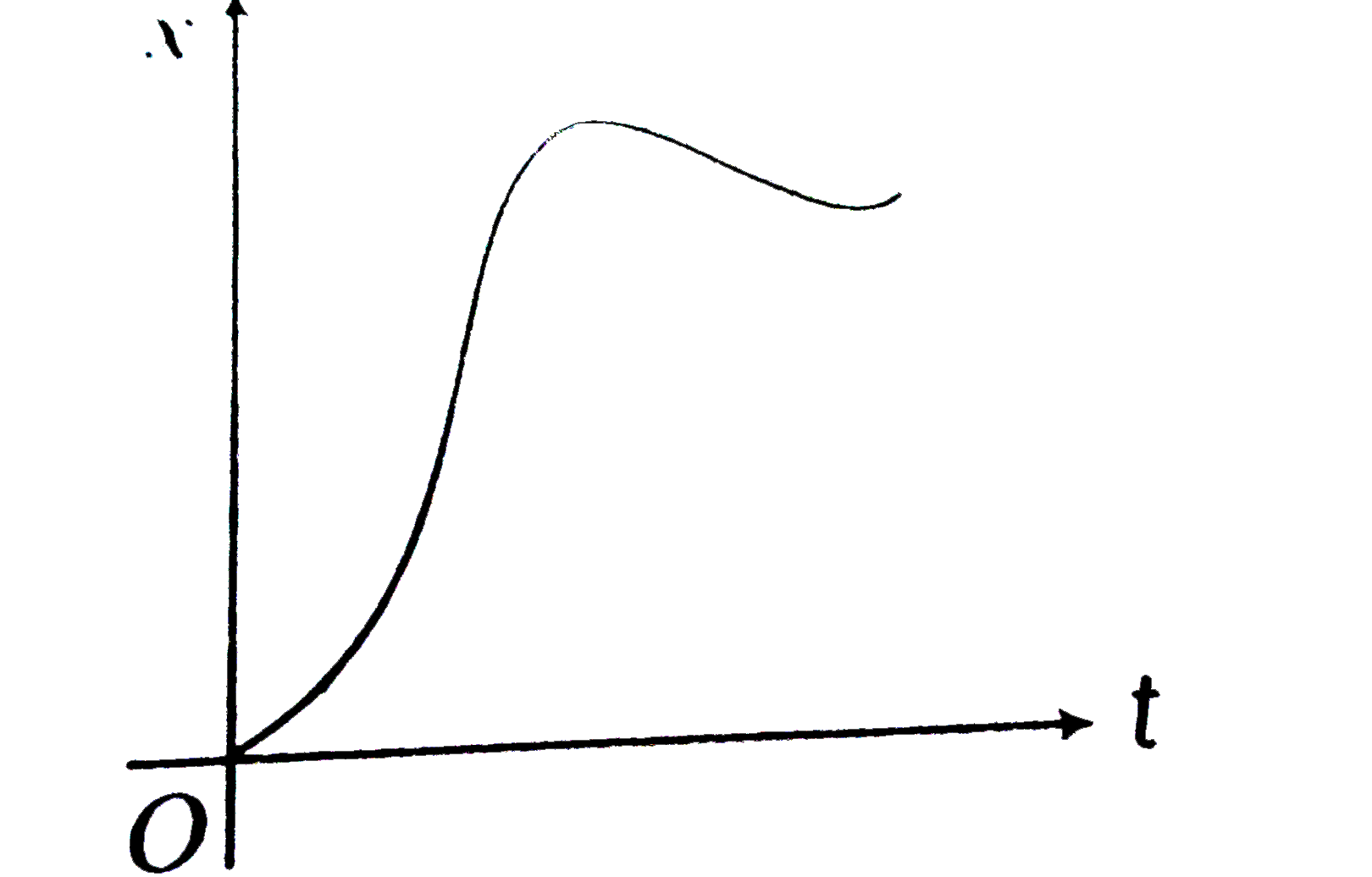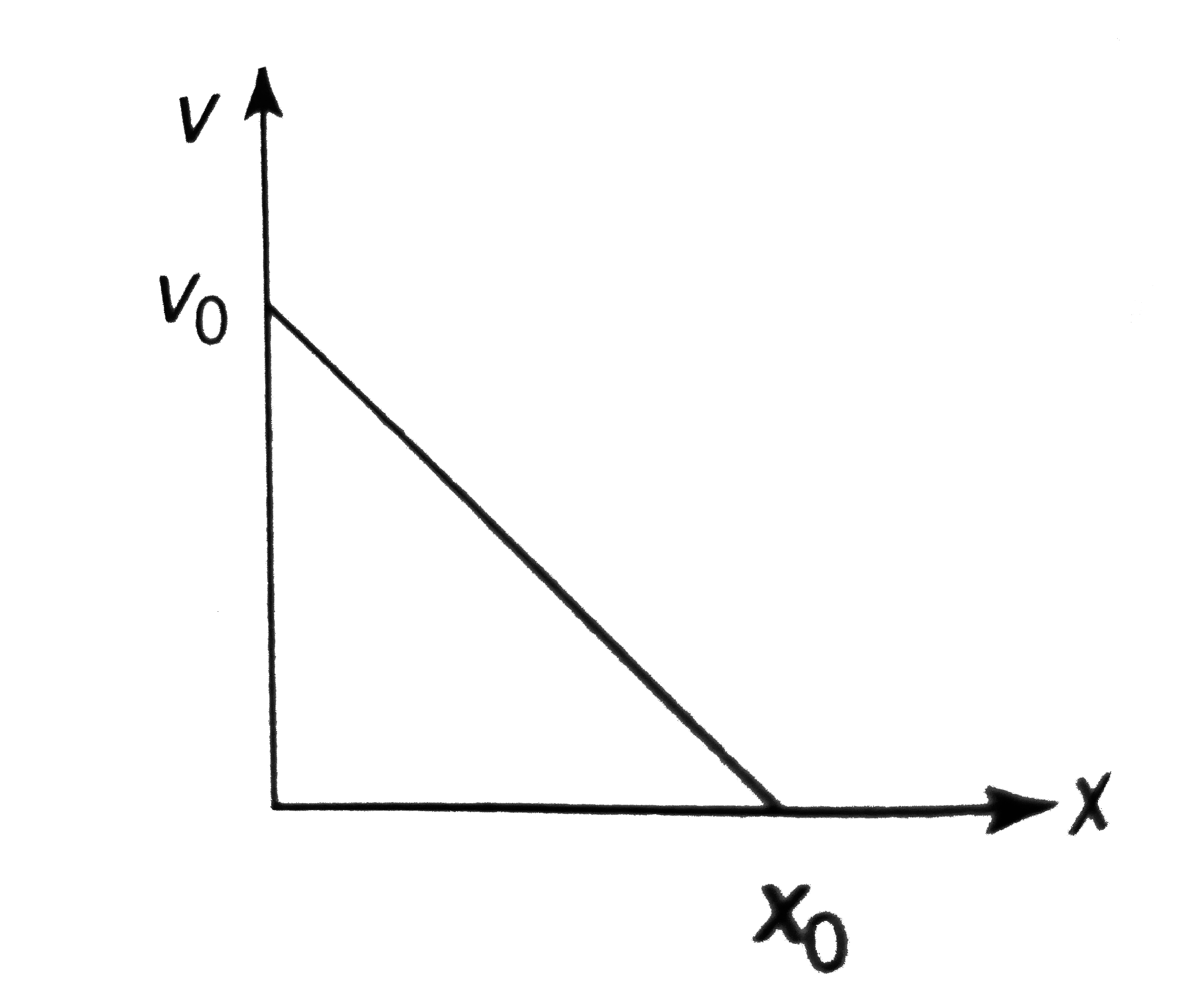The equation √x=t+9 gives the variation of displacement with time. Which of the following is correct ?
Velocity is proporational to the square of time
Velocity is inversely proporational to time
Acceleration depends upon time
Acceleration is constant
The correct Answer is:D
To solve the problem, we need to analyze the given equation and derive the necessary quantities step by step.
1. Given Equation:
The equation provided is:
√x=t+9
2. Square Both Sides:
To eliminate the square root, we square both sides of the equation:
x=(t+9)2
3. Expand the Right Side:
Now, we expand the right side:
x=t2+18t+81
4. Find Velocity:
Velocity v is defined as the rate of change of displacement with respect to time. We can find velocity by differentiating x with respect to t:
v=dxdt=ddt(t2+18t+81)
Differentiating gives:
v=2t+18
5. Find Acceleration:
Acceleration a is defined as the rate of change of velocity with respect to time. We differentiate v with respect to t:
a=dvdt=ddt(2t+18)
Differentiating gives:
a=2
6. Conclusion:
From the calculations, we find that:
- The velocity v is a linear function of time t (specifically v=2t+18).
- The acceleration a is constant and equal to 2m/s2.
Final Answer:
The correct interpretation from the options provided is that the acceleration is constant.
The equation provided is:
√x=t+9
To eliminate the square root, we square both sides of the equation:
x=(t+9)2
Now, we expand the right side:
x=t2+18t+81
Velocity v is defined as the rate of change of displacement with respect to time. We can find velocity by differentiating x with respect to t:
v=dxdt=ddt(t2+18t+81)
Differentiating gives:
v=2t+18
Acceleration a is defined as the rate of change of velocity with respect to time. We differentiate v with respect to t:
a=dvdt=ddt(2t+18)
Differentiating gives:
a=2
From the calculations, we find that:
- The velocity v is a linear function of time t (specifically v=2t+18).
- The acceleration a is constant and equal to 2m/s2.
The correct interpretation from the options provided is that the acceleration is constant.
Topper's Solved these Questions
- BOOK - VMC MODULES ENGLISHCHAPTER - MOTION IN A STRAIGHT LINE & PLANE EXERCISE - ENABLE50videos
MOTION IN A STRAIGHT LINE & PLANE
- BOOK - VMC MODULES ENGLISHCHAPTER - MOTION IN A STRAIGHT LINE & PLANE EXERCISE - EFFICIENT50videos
MOTION IN A STRAIGHT LINE & PLANE
- BOOK - VMC MODULES ENGLISHCHAPTER - MOCK TEST 9EXERCISE - PHYSICS (SECTION 2)5videos
MOCK TEST 9
- BOOK - VMC MODULES ENGLISHCHAPTER - Motion in Straight Line EXERCISE - IN-CHAPTER EXERCISE-J10videos
Motion in Straight Line
Similar Questions
Let y=Asin(ωt−kx) represent the variation of distance y of a particle with time t. Which of the following is not meaningful?
View Solution
A particle has a rectilinear motion and the figure gives its displacement as a function of time. Which of the following statements is incorrect with respect to the motion?View Solution
Knowledge Check
- Question 1 - Select One
For the equation √4−x+√x+9=5, the values of x are
A0,−5B2, 3C−1,6D4, 7
The displacement (x)-time (t) graph of a particle is shown in figure. Which of the following is correct ?
 View Solution
View SolutionThe given graph shows the variation of velocity with displacement. Which one of the graph given below correctly represents the variation of acceleration with displacement :-
 View Solution
View SolutionThe given graph shows the variation of velocity with displacement. Which one of the graphs given below correctly represents the variation of acceleration with displacement ?
 View Solution
View SolutionThe graph shown the variation with times t of the velocity v of an object . Which one of the following graphs best represents the variation of acceleration a of the object with time t?
 View Solution
View SolutionThe x-coordinate of a particle moving on x-axis is given by x=3sin100t+8cos250t, where x is in cm and t is time in seconds. Which of the following is/are correct about this motion
View SolutionThe x-coordinate of a particle moving on x-axis is given by x=3sin100t+8cos250t, where x is in cm and t is time in seconds. Which of the following is/are correct about this motion
View SolutionIf x, v and a denote the displacement, the velocity and the acceleration of a particle executing simple harmonic motion of time period T, then, which of the following does not change with time?
View Solution

